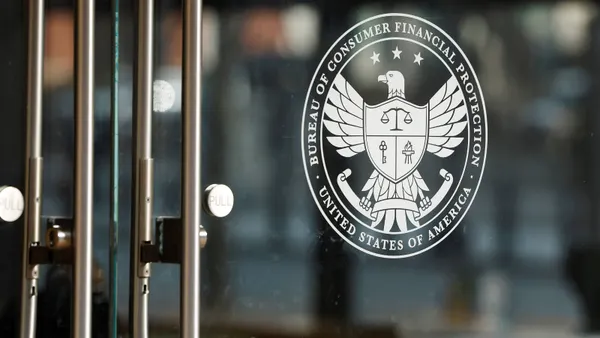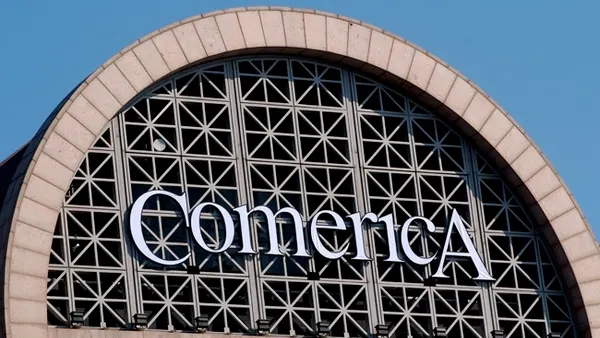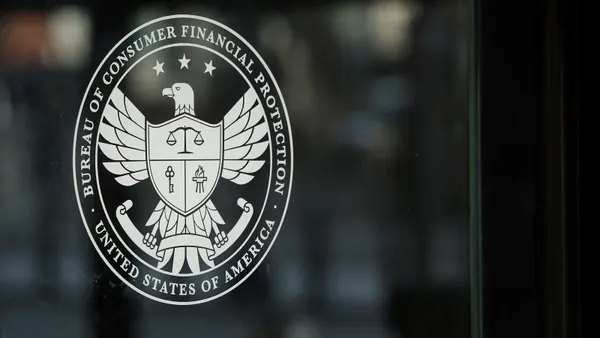The Federal Reserve Board nixed a program Friday that it created in 2023 to police banks’ fintech and cryptocurrency activities.
The move aligns with regulators’ about-face on crypto and the Trump administration’s support of artificial intelligence, which has become almost synonymous with bank and fintech innovation moves.
“Since the Board started its program to supervise certain crypto and fintech activities in banks, the Board has strengthened its understanding of those activities, related risks, and bank risk management practices,” the Fed said Friday.
As a result, the Fed has folded its supervision of banks’ crypto and fintech activities back into its standard supervisory process, it said.
The Novel Activities Supervision Program was created nearly two years exactly prior its withdrawal, “to foster the benefits of financial innovation while recognizing and appropriately addressing risks to ensure the safety and soundness of the banking system.”
Through NASP, the Fed said it intended to “build upon and enhance its technical expertise to better understand novel activities, the novel manifestations of risks of such activities, and appropriate controls to manage such risks.”
NASP was additionally intended to inform the development of the Fed’s supervisory approaches for banks engaging in novel activities, including distributed ledger technology.
When NASP was created, it was “critically important for innovative banks working to responsibly [innovate] to best serve their consumers,” Ian P. Moloney, American Fintech Council senior vice president and head of policy and regulatory affairs, said in an emailed statement.
“However, we respect the Federal Reserve's decision to fold the NASP's functions into their general supervision activities and encourage continued education of examiners on emerging technologies to ensure they are able to properly assess the risks associated with those technologies,” Moloney said. “AFC is eager to work with [Fed] Vice Chair [for Supervision Michelle] Bowman as she continues instituting her pragmatic vision for innovation into the office."














